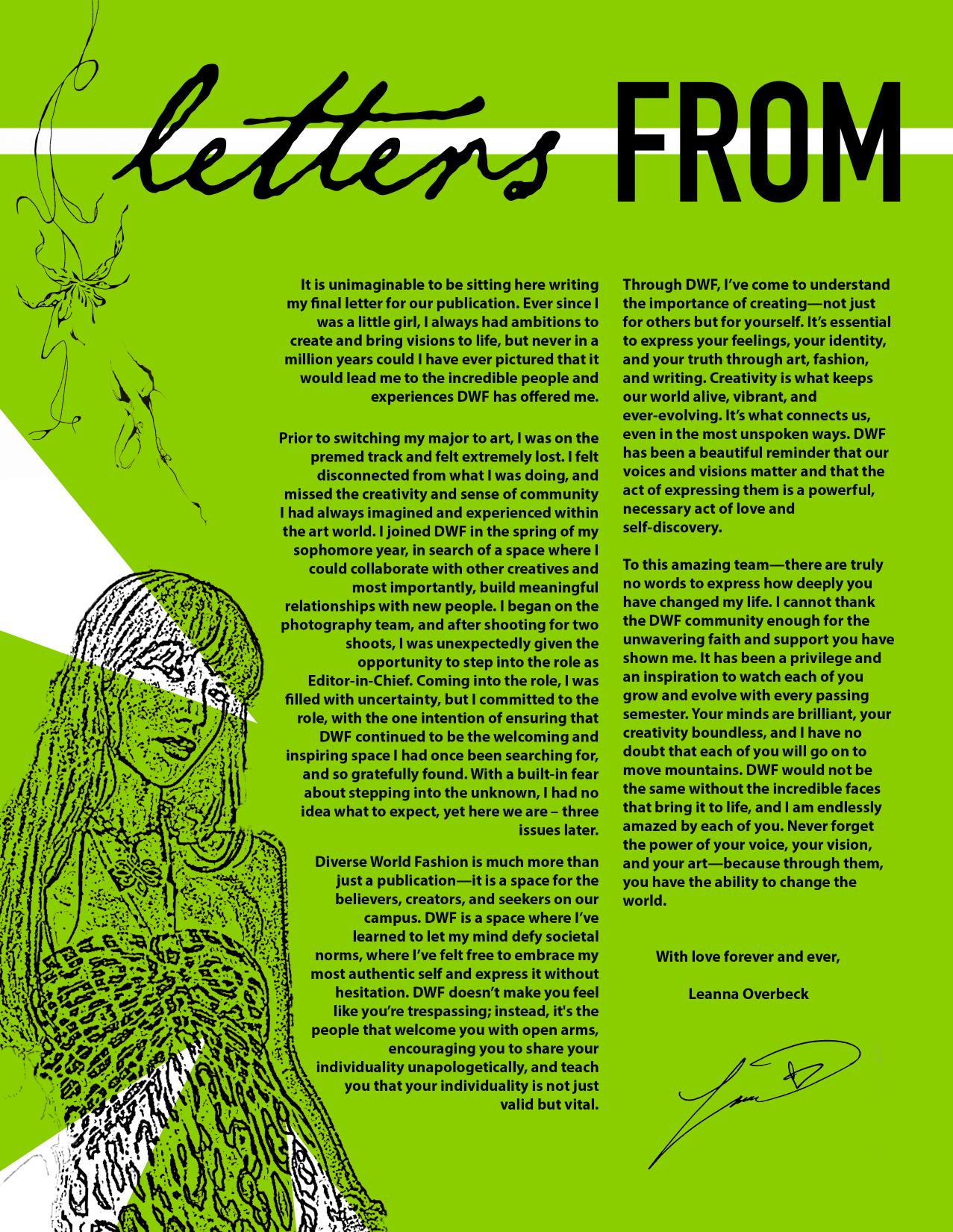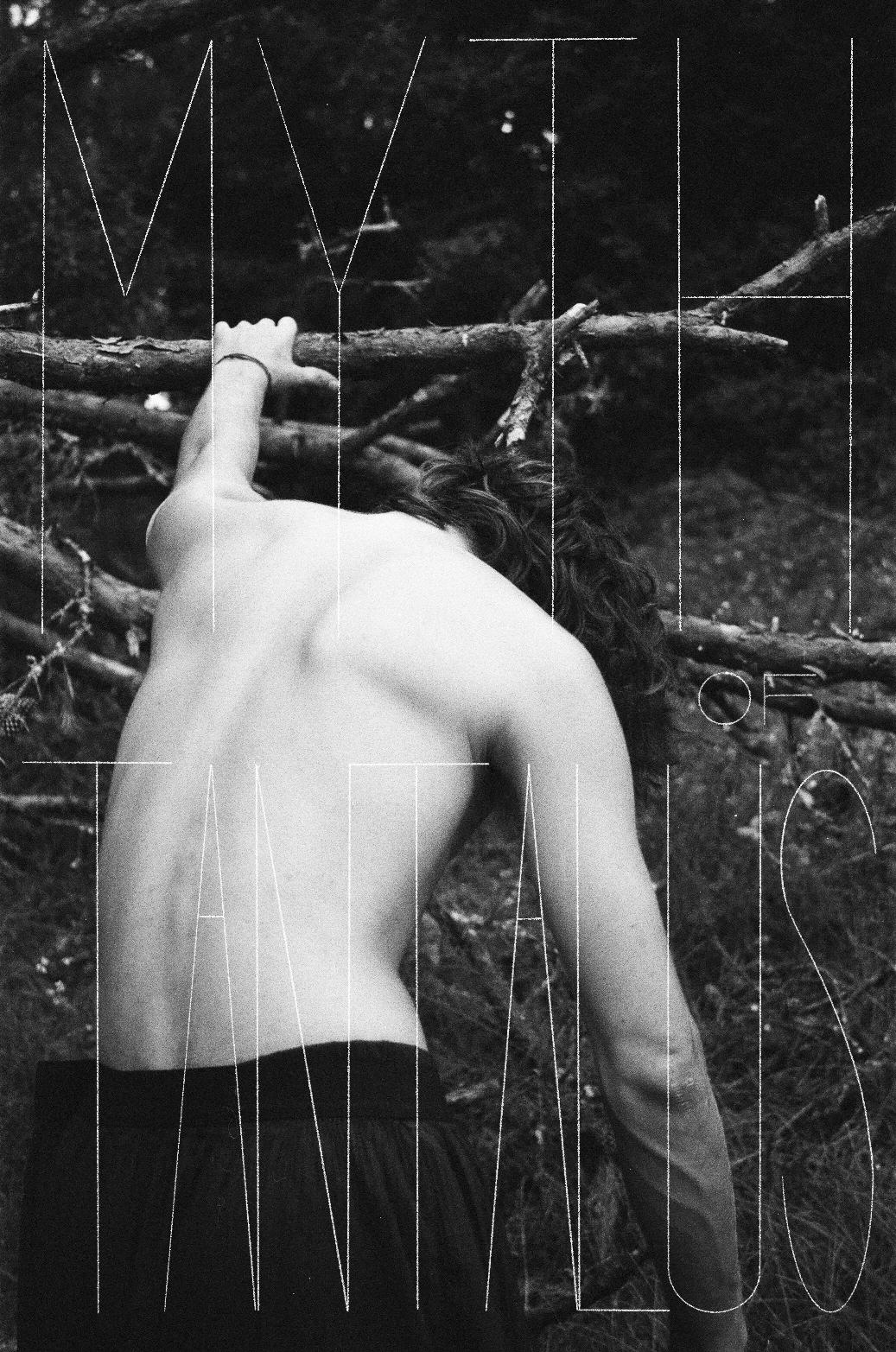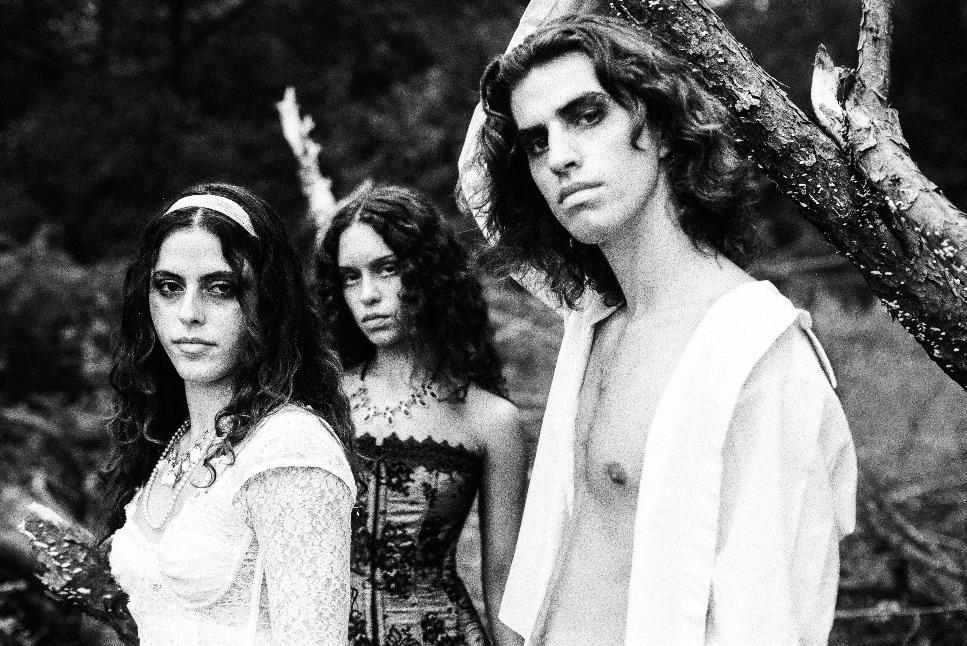



















































One of the most iconic moments in fashion history was Fendi’s 1997 Haute Couture show, where Naomi Campbell strutted the runway in a stunning, full-length sable fur coat. Under Karl Lagerfeld’s creative direction, the show not only celebrated fur’s prestigious role in high fashion but also sparked controversy as anti-fur sentiments began to rise in the late ‘90s. For centuries, fur symbolized status and wealth, worn by everyone from European royalty to Hollywood stars. However, as its environmental and ethical impact became impossible to ignore, fur’s reign in high fashion slowly ended. Today, luxury is being redefined through cruelty-free alternatives like faux fur and sustainable materials, proving that style can thrive without harm.
Stars like Elizabeth Taylor and Marilyn Monroe often wore mink and fox fur, projecting an image of sophistication and high society. A Vogue article from 1929 famously said, “The fur you wear will reveal to everyone the kind of woman you are and the kind of life you lead.” Fur was an icon of exclusivity, with designers like Christian Dior and Coco Chanel prominently featuring it in their collections, praising its rarity and luxurious appeal.


But behind the glamor lay the harsh reality of fur production. Animals like minks, foxes and chinchillas were raised in harsh conditions on fur farms, often subjected to brutal treatment and inhumane killing methods like gassing or electrocution. Despite being aware of these conditions, many fashion brands prioritized profit over animal welfare. The global fur trade made it difficult to trace the origins of fur products, allowing brands to source fur from questionable suppliers to meet demand. Skins were auctioned internationally, so clothing labeled “made in Europe” could include fur from countries with weaker regulations like China.
In the 1960s, celebrities such as Doris Day and Mary Tyler Moore highlighted animal exploitation in the fur industry. They used their platforms to speak out, leading campaigns and making public appearances to voice their disapproval. One notable effort was a 1971 anti-fur advertisement featuring Day, Moore, and other celebrities such as Angie Dickinson and Jayne Meadows, who publicly announced their refusal to wear fur despite their ability to afford it. Their advocacy brought the horrid conditions of fur farms to light, sparking a cultural shift. The 1990s marked a turning point for the anti-fur movement with PETA’s groundbreaking “I’d Rather
Go Naked Than Wear Fur” campaign. Featuring supermodels like Naomi Campbell, Cindy Crawford and Christy Turlington, the campaign’s shock value challenged the mainstream acceptance of fur by contrasting human beauty with the cruelty of fur production. Celebrity endorsements helped make the ethical issues surrounding fur impossible to ignore. By the early 2000s, the fashion industry had evolved significantly. Shocking footage from fur farms exposed the ugly truth behind fur’s glamorized image, pushing fashion towards accountability. Designers like Stella McCartney pioneered crueltyfree collections, setting a new standard. Major fashion houses like Gucci, Versace, and Chanel followed the example, announcing they were going fur-free. This wasn’t just a trend at the time but rather a movement toward a more compassionate, sustainable future.
In today’s climate-conscious world, fur has become almost taboo. Younger consumers are seeking brands that align with their values, prioritizing ethics and sustainability. Technological advancements, such as ECOPEL’s KOBA faux fur—which combines plant-based fibers with recycled synthetics—have transformed faux fur into a luxury alternative. Stella McCartney’s collections use KOBA fur, reducing emissions by up to 90% compared to traditional fur production. These innovations enable designers to create synthetic fur that looks and feels authentic without harming animals or the environment. Another development is the rise of sustainable materials like mushroom leather and Bio-Fluff, a fully plant-based fur alternative. Bio-Fluff, which recently partnered with brands like Stella McCartney, is biodegradable and petrochemical-free, making it one of the most sustainable faux fur options. These alternatives bridge the gap between aesthetics and ethics, promising a future where high fashion values humanity and nature.
What we’re witnessing in fashion today is more than a change in materials—it’s a shift in mindset. The industry is moving from excess and exploitation to accountability and awareness. Fur, once a crown jewel in fashion, now represents an era the industry is leaving behind. This new wave of fashion doesn’t simply swap materials; it redefines luxury itself. It’s no longer about rare fur but about responsibility, compassion and sustainability. As eco-fashion pioneer Stella McCartney says, “It’s not about compromise; it’s about changing the way we think and behave, both as designers and consumers.”



CONCEPT CREATOR: Claire Walczak
PHOTOGRAPHERS: Maria Penalver, Collin Chen
STYLING: Shadaria Jackson, Claire Walczak
BEAUTY: Annabella McDaniel
MODELS: Chloe Harbin, Vijay Baksh, Aman Myrsten, Lexi Martin, Jace Buckley
BTS: Ellie Holton

















By: Catalina Salgado
Architecture as an art form has been around since Ancient Greece, with its intricate pillars and pantheons used as places to worship their respective Greek gods. Contemporary architecture is inspired by historical art movements such as surrealism, brutalism, naturalism, and more, drawing on cultural movements, the environment, and technology to create new innovations. Now, runways are taking notes from them to create structures of their own.
In recent years, fashion has swung back and forth between skin-tight ensembles and baggy, heavily layered silhouettes, with recent trends prioritizing complexity and shape. However, designers like Rei Kawakubo for Comme de Garçons, Marc Jacobs, and Junya Watanabe have started incorporating abstract shapes and structures into their couture. These abstract, easily outlined shapes draw on different architectural styles, such as brutalism, which focuses on large, geometric forms, or modernism that values clean lines and incorporation with nature.
Junya Watanabe’s FW24 runway reflects many aspects of brutalist architecture but contrasts them with elements of nature and color that pop against the bold shapes. Watanabe states that he was inspired by the idea that clothing is public art that fuses with the shapes around it and can be between by contrasting clothing with sculptures. He integrates this idea through robust forms into outerwear, creating a contrast between the mundane and the dystopian. The designs were a fusion of fabrics as well, with padded, belted, and studded accents standing out against the black uniformity of the rest of the outfit. A few pieces had outlines of black leather entrapping floral dress wear and coats, resembling public gardens against a cityscape. The designs are eye-catching, futuristic, and notably impractical as they stretch feet beyond the model wearing them. This pattern of posing harsh shapes against soft, large silhouettes is continued with Rei Kawakubo’s Spring 2024 ready-to-wear line that seemed to float transcendentally down the runway. The designs used soft, quilt-like material, patterned fabric, and sheer bags filled with collage-styled fabric, and differ from each other in many ways. The beginning of the runway is totally white and then transitions into stacked bags of fabric and round, textured pieces that resemble cushions. The following outfits vary from one full shape like teepees or large cups and explosions of color throughout filled, sheer bags that extend beyond the model to create padded, patterned structures that resemble a pillow fort rather than a building. Although they contrast completely from Watanabe’s design, they involve the same organization and break from status
quo fashion. Kawakubo explores the ideas of freedom and comfort by mixing together soft materials in a wild and visually stimulating design. It’s also interesting to note that this was a ready-to-wear line but bears no resemblance to any standard look you’d see on the street. The line feels like a pillowy dream of a bold interior designer but follows the trend of creating designs that take up the whole runway. However, although these abstract shapes can incorporate the ideas of structurefocused fashion, can they be integrated into everyday outfits?
Marc Jacobs’s FW24 show may be the connecting block to fit these big designs into a more compact package, while still incorporating the idea of structure with practicality. Jacob’s line, inspired by dynamic characters and personalities from pop culture history, including Marilyn Monroe, Minnie Mouse, and Olive from Popeye, played with the idea of freezing these dynamic personalities into slightly oversized outfits. The designs feature bright colors and silhouettes; however, their most defining feature that makes these seemingly classic designs pop is their rigidness and slight oversizethe designs practically stand still and yet hang off the models’ bodies. Although not as overt as the abstract shapes of Watanabe, Jacobs’s design opens the world to larger-than-life designs that rely on structure and rigidness, while still having a bit of fun in the process. Jacob’s line could be the beginning of an exciting turn in fashion from large, looser clothing to strict silhouettes that take up space in a whole new way.
It’s no secret that a good outfit could turn heads, but these structural designs have the potential to make any sidewalk or street a living runway. Although we’ve seen brief attention for physically shapely fashion, such as the viral “Astro Boy Boots” and illusion wet top, readyto-wear fashion is a long way from fully embracing the possibilities of structure-focused outfits. Online trends allow for individual pieces such as the boots to receive some popularity, but only time will tell if the structural movement will hold up through the test of time. But whether it involves direct inspiration from harsh lines or the concept of structure, for now, runway designs are taking a turn for the big, bold, and beautiful.



CONCEPT CREATORS: Shadaria Jackson & Anna Fox
PHOTOGRAPHY: Anna Fox, Justice Ulrich, & Grace Gordon
PHOTOSHOOT ASSISTANT: Milena Shakhnazaryan
MODEL: Angel Wildgoose
GRAPHICS: Rafael Lisboa
STYLING: Shadaria Jackson
BEAUTY: Tessa Nicely & Kendall Elwell
BTS: Aaliyah Lawrence
VIDEOGRAPHY: Jenni Cruz















By Arjan Adhikari

You realize that you’ll never be fully accepted. Not by them. You might be coveted, even celebrated. But you’ll never be one of them. It was just a novelty paraded around to make them feel inclusive.

know. You’d get laughed at even harder for asking them e rules; the ones who don’t look like you.



This is a start for many. The start of their fashion journey. There are so many other ways for people to be funneled in. So many other paths leading people to an important
Your main priority is to love the way you look!
So far I’ve painted a scene that lines
You learned the rules: media representation, YouTube videos, even general observations. You check every parameter to land within the winning box. The same breath of doubt causes your spine to chill. The second doesn’t immediately come. They can’t laugh anymore. How could they, the only thing to make fun of is an even shinier reflection













Your environment is constantly changing, and the only consistency you have is yourself. Your sensibilities guide your attention toward expression. You idolize fashion and runway, and you idolize the expression that comes with it. This is the story of my good friend Lo.
Lo learned a different lesson. Being who you are leads to more happiness than any unhappiness criticism can bring.


Accept that people will stare that it will hurt, and that being scared is inevitable. The day is not easy to own, but everyone tries to steal it from you. This is a lesson I only learned recently. In fact, it was a lesson taught to me by another wonderful friend!




Fluidity is our nature, and alienation is the product of people who foolishly deny that. There is only one of you! That means you are a new experience! Loving the way you look becomes an extension of this fluidity, and that leads to self-respect. Self-respect grants the ability to trust your own judgment and trust your own happiness.

Atlas grew up with pressures of conformity from society, their family, and even themself. Even Atlas didn’t know themself very well. There is a unique sense of confusion to see the world through feeling alone. Sit in an environment that forces you to do just that for 20 years, and your experience is even more variable. You float freely as an observer of your own life.




Grippingstories have more than one character. Fashion fosters communities of people who look just like you and communities where people look completely different. These looks come from a personal choice to express yourself. In a gripping story of isolation to acceptance, fashion becomesanextensionof theartpiecethatisyou.



The only way to find yourself is to take charge! Own the day, own the year, own your entire life! You begin to write your story instead! It is a virtue to live as your story’s main character. How could it not be? Anything else is selfdisrespect.
In a lifetime of applying these lessons, we still need support.










































By: Yenesis Soto
Crimes against fashion tend to encompass clashing shades of denim or clashing fabrics as one shoves both cashmere and lace into their leather Vuitton handbag without duly paying. Accentuating denotative crimes against fashion and more importantly the motives that sharpen the unlawfulness’ occurrence, celebrities such as Winona Ryder, Nina Dobrev, and various others, have helped to shape the industry, due to their run-ins with the law. Society’s disposition on their actions emphasized forced redemptions of all the celebrities and brands to come, overriding the initial de jure shock and memorializing their crimes in the name of fashion.
Most notoriously, Winona Ryder’s shoplifted thousands worth of designer clothes at Saks Fifth Ave in 2000. Her unconventional yet stunning legal attire presented at her trials managed to garner the attention of Marc Jacobs, one of the designer victims of Ryder’s grippy hands, and solidify a campaign deal in their Spring 2003 collection, as well again in 2023.

The mesh dress from one of her court dates emphasized her disregardance of judicial modesty and an overall shift from her edgy ensembles exhibited in the early 90s. Prompting the question on everyone’s mind: why?
Tangents on Winona Ryder are a cultural phenomenon, with the predominant center of fashion intrigue due to her seemingly self-proclaimed “weird-girl” demeanor juxtaposing the veil of innocence bestowed upon her by Hollywood and its recipients. Magazines at the time of the incident deemed her a kleptomaniac.
The press deflated Ryder’s credibility and put her celebrity status under scrutiny during the jist of her legal transgression. Albeit, they failed to account for the industry's unexposed underbelly, capitalizing on the exploitation of Ryder that contributed to her perception of fashion and herself.



Directors and co-stars alike would publicly detail their crush and nonreciprocal love affair for her, despite horrific chasms in age. There were rumors of forty-four year old Michael Nesmith and Ryder, fifteen, engaging in a relationship. More concretely, Jon Cryer released a memoir in 2015, detailing Ryder’s audition for 1987s Hiding Out. “As for the casting process, I remember a very young Winona Ryder coming in to read for the part of Ryan…We all sat around uncomfortably, because even though she was a sweet girl not trying to be coquettish at all, she was strikingly gorgeous and exuded an effortless sexiness that we grown males in the room knew would be completely inappropriate to comment on.” Ryder had faced the 80s with black leather jacket accompaniments and gothic elegance for press events, equally complementing and contrasting her much warranted pixie cut; she was able to serve as a sense of empowerment against those lolita-esque and coquette domineering atmospheres that tried to take hold. Yet, the amalgamated clothes stolen teetered on a more soft feminine fashion subculture, accentuating the theory that she was lashing out against that perception of herself, allowing her to reclaim her independence through the act. After her three years probation and community service sentencing, her current fashion taste has remained constant as it encourages new generations to follow suit through their own trend denominations. Another instance of celebrities slanting the scales of justice was when the female cast of The Vampire Diaries, Nina Dobrev, Candice King, and others, made headlines for supposedly “flashing” drivers in 2009 when the show was airing season one.

An impromptu photoshoot with only that of flashing camera lenses and sultry mugshots led to mass media confusion that could have put the renowned show to a halt. Elena Gilbert’s iconic fashion taste residing in tight fitting layered longsleeves encompassing femininity would not have been able to influence millions of viewers to adopt her style, especially as a resurgence of her appeal has reached the TikTok platform.
Most recently, Gigi Hadid, was arrested for marajuana drug possession in the Cayman island, despite it being obtained legally in New York with her medical card. Notably, if the crime’s outcome spouted an end to the fashion model’s career, the realm of fashion and the notorious brands that circulate it could simply regurgitate other models during Hadid’s absence. Yet, her tasteful sweater and cardigan clothing line, Guest in Residence, has shown no signs of stopping and has even acquired collaboration deals since the charges, ascertaining a large presence despite any curveballs that may materialize.
Pivoting to the older but quintessential criminal case of ’95, Patrizia Reggiani trespassed on the House of Gucci, forcibly combining the brand itself with a redemptional revival. Reggiani’s craving for a larger piece within management had to be curbed, but at deadly costs. She notoriously hired a hitman to assassinate her husband and former foreman, Maurizio Gucci. The brand was able to steer their reputation away from her capitalistic ideals and enter a more promising era of likeability. Any other company would not have been as successful to maintain the perception of luxury in the presence of such morose operations, but Gucci evidently prevailed. With continuous iconic looks and with special emphasis in their recent activity in the Fall/Winter 2024 runway, their crimes have been memorialized within the halls of fashion.





https://www.pinterest.com/pin/35888128282701838/
https://www.archdaily.com/969211/cameo-moscow-villas-architectural-bureau-wall/61523687f91c81b5190000b4-cameo-moscow-villas-architectural-bureau-wall-photo
https://www.petaasia.com/news/stella-mccartney-sophia-loren-faux-fur-coat/
https://www.stellamccartney.com/us/en/sustainability/fur-free-fur.html?srsltid=AfmBOorqaWyjo7SXURF95bJ1GrjbHY-Ht-98AB8_e9NXbzodCpOwhFBh
https://www.reenaahluwalia.com/blog/2013/5/23/cullinan-diamond
https://www.google.com/url?sa=i&url=https%3A%2F%2Fwww.wmagazine.com%2Fculture%2Fbeyonce-jay-z-tiffany-moon-river-video&psig=AOvVaw0hqKAm66kU_2cCeWASDXwB&ust=1731783539433000&source=images&cd=vfe&opi=89978449&ved=0CBUQjRxqFwoTCNiM49OC34kDFQAAAAAdAAAAABBS

